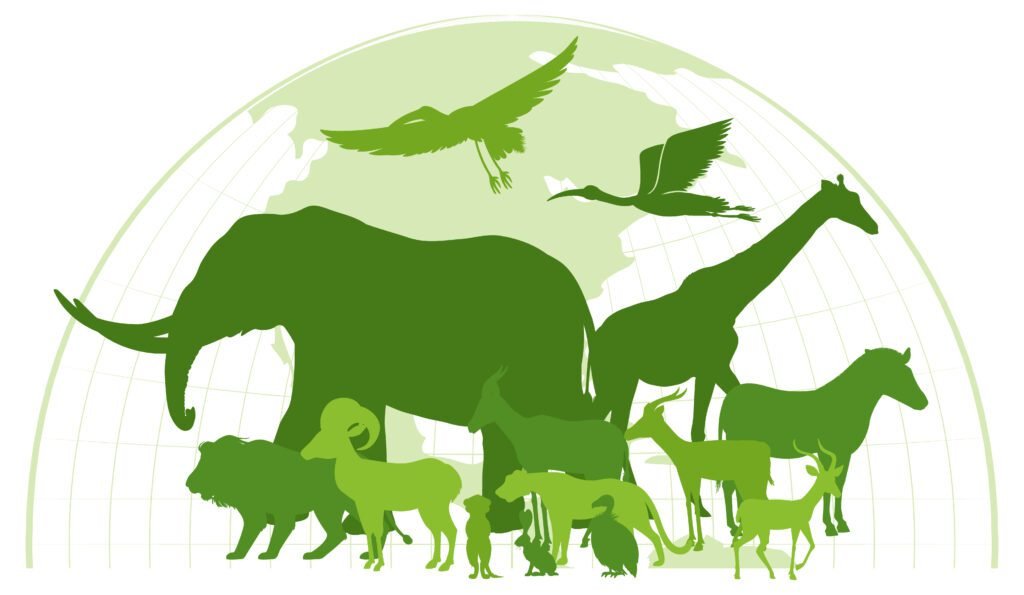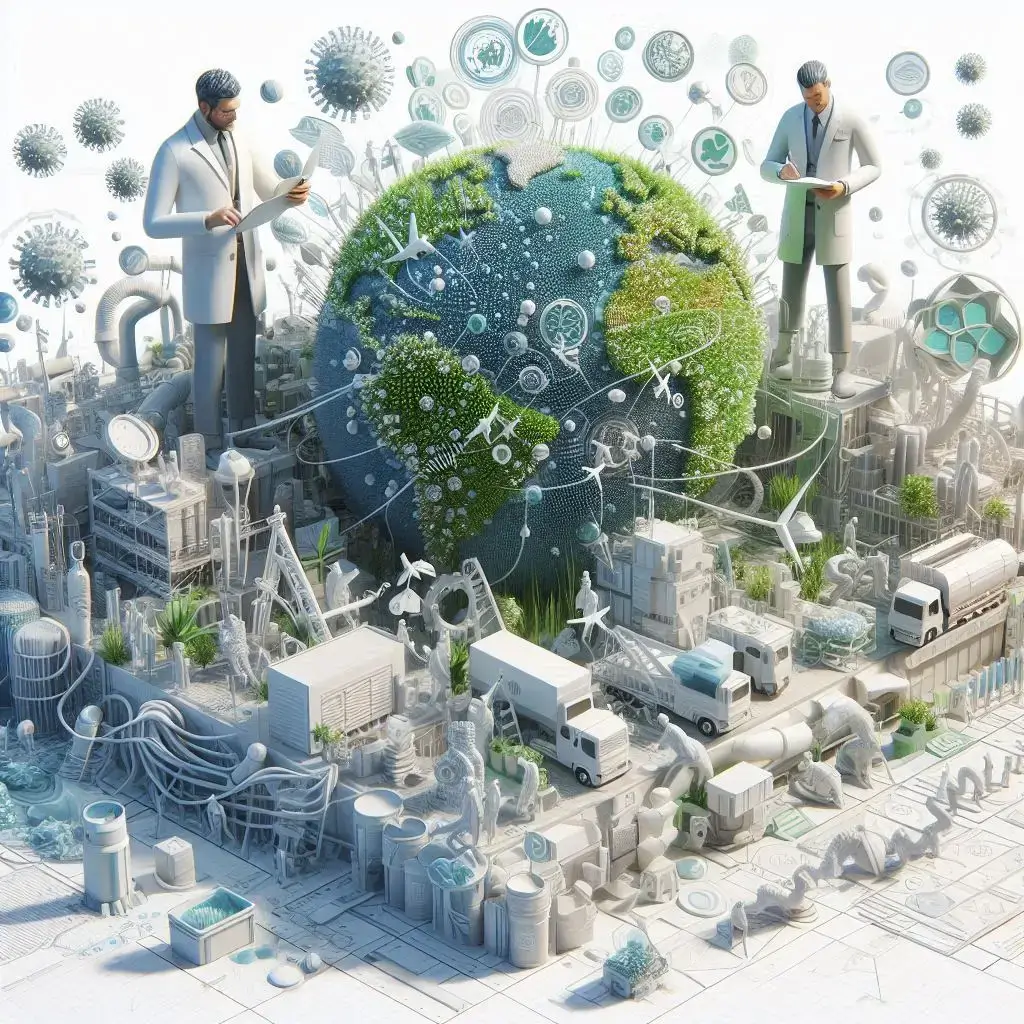The Growing Threat of Microplastics Pollution
Table of Contents
Toggle
Microplastic Sources and Prevalence
Plastics do not biodegrade like natural materials but instead break down into smaller and smaller pieces through environmental degradation and wear-and-tear known as fragmentation. Primary sources of microplastics include microbeads in personal care products, plastic pellets lost during production and transportation, and synthetic textile fibers released during washing. Secondary sources stem from the breakdown of larger plastic debris exposed to UV light and wave action. Studies show microplastics now pervade every ocean and freshwater system on the planet, with one analysis estimating over 5 trillion pieces floating on the sea surface alone. Agricultural runoff and atmospheric deposition also transport microplastics far inland.Microbead Alternatives
One sector environmentalists have successfully targeted is microbeads—tiny plastic spheres used for exfoliation in face washes and toothpastes. Since these beads wash down drains untreated, a single shower or brushing can release over 100,000 microbeads into waterways. Microbead bans passed in several U.S. states and countries like the U.K. are prompting companies to switch to natural alternatives derived from ingredients like walnut shells, apricots, and jojoba beads. While existing microbeads already polluting our waters cannot be recovered, preventing further input represents meaningful progress.Impacts on Wildlife and Ecosystems
Studies now document microplastics in every oceanographic zone from shorelines to deep sea sediments, as well as over 600 land and freshwater species worldwide. Ingestion of microplastics—either through direct consumption or up the food chain—threatens wildlife health by potentially releasing chemical additives like BPA or presenting a false sense of “fullness” that hinders nutrition. Laboratory research links microplastics exposure to physical damages, organ abnormalities, and reproductive issues in fish, mussels, worms and other organisms. These sublethal impacts could reverberate up food webs with unknown ecological consequences. Microplastics also transport invasive species and pathogens, facilitating biological invasion and disease outbreaks in naive ecosystems.
Microplastics Entering the Food Chain
Alarmingly, scientists now detect microplastics in a wide variety of commercial fish and shellfish marketed for human consumption. One study found plastic fibers in nearly 100% of salt and freshwater fish tested. This “unknowing ingestion” of microplastics particles poses potential, though still uncertain, human health risks if plastics or their byproducts bioaccumulate up tissue. Although more research is needed, the prospect of microplastic contamination entering the global food system represents a serious global issue warranting precautionary action. For now, the emphasis lies on preventing further input to protect ocean health and safeguard food security for generations to come.


